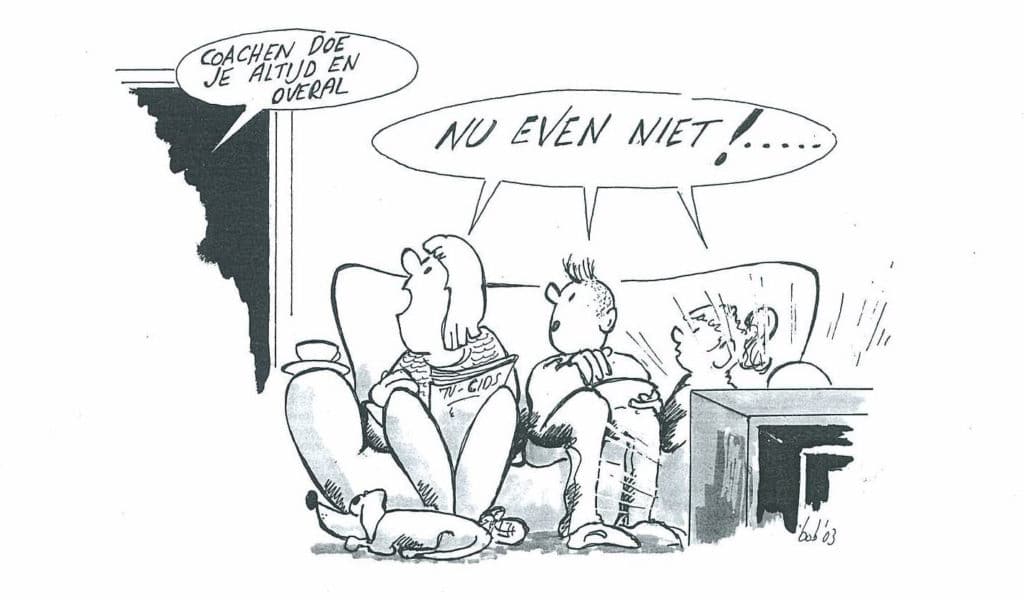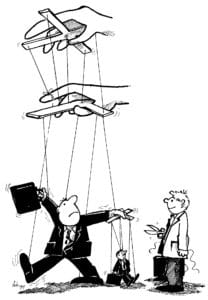1. Coaching is aimed at improving performance
Coaching is not a target in itself. It is a means to improve the performance of individuals and organizations. Coaching is not soft. It is more than lovingly guiding employees in their personal development. What do you buy for that personal development if it does not lead to a better performance of the organization? Coaching is a way to get the best out of people in light of the organizational objectives to be achieved.
2. Achieving optimal performance requires management without a hierarchy
The classic ‘command & control’ organization does not get the best out of people. This has been very nicely demonstrated in a study that took place in American production companies in the early 1980s. The report had the telling title “Management without managers”. In a number of production companies, it was investigated when the workers produced the most and the best production. Two situations were compared. Days when the bosses were there and days when the bosses were not there. On the days when the bosses were not there, it turned out that they produced significantly more and better. The explanation of this phenomenon is simple. When a problem occurred one day when the boss was there, the workers would ask the boss what to do. The workers explained what was going on, the boss made the decision, and the workers executed the boss’s decision. On the days when the boss was not there, the workers themselves took responsibility for decisions. They had more and better information and therefore made better decisions. They put the best they had to offer in their decisions. Less time was also lost.


3. Managing without a hierarchy requires equality
The hierarchy in an organization reflects who has the power to tell others what to do. For a long time we lived with the illusion of the hierarchy and many people still believe in it. They have the view that you can only influence something if you “have it under you”. Actually, Chester Barnard pierced that illusion as early as 1938 when he stated, “Who decides whether an order is executed? That is not the one who gives the order, but the one who receives the order. “
In the end, something only happens when people choose to do something themselves. You can lead a horse to the water, but you can’t make it drink. Only when people take responsibility themselves do they speak to themselves best. This basically demands the position of equality. Hierarchy makes dependent. Equality makes self-responsibility. Note: equivalent does not mean equal. The CEO makes a different contribution to the cleaner. That he earns more has to do with economic laws of scarcity. The CEO is responsible for good governance, the cleaner is responsible for clean spaces. Contracts and agreements form the steering instruments of the modern organization. Parties that need each other make deals with each other.
4. Governance means shaping mutual dependence
Management and employees are partners in the workplace. Both are autonomous and self-responsible, but together they shape the organization. That means adaptation to each other and respect for each other. The management sets the frameworks, to which the employees must adhere. The employees have the knowledge and experience to properly execute the processes. Management depends on their commitment.
5. Coaching and self-management are inextricably connected
The best comes only from people, when they take responsibility themselves. Improving performance through coaching also means stimulating processes of self-management and self-development.
